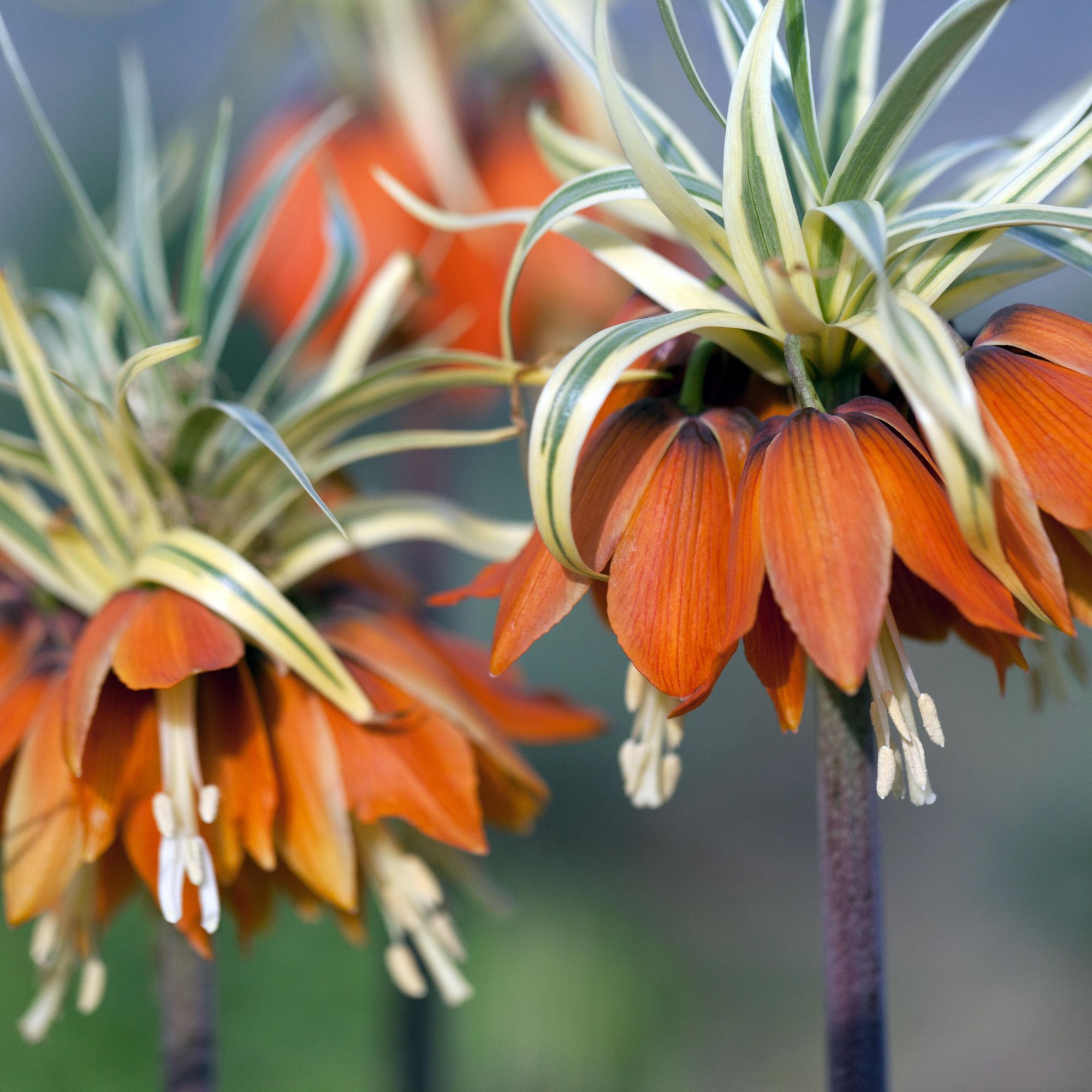
There are some bulbs to never plant in pots – this is usually because they grow into very large plants, that benefit from being able to grow very deep roots, or because they struggle in the drier and less nutritious environments that pots provide.
Making sure you know which bulbs to never plant in pots will help to ensure that your garden erupts with beautiful blooms come spring. It is also important that you know how to plant bulbs – as this will have a huge impact on their success and your garden ideas.
While many bulbs can make for a pretty addition to your container garden ideas, it is equally important to know which bulbs to never plant in pots.
On the whole, most bulbs – especially the best spring bulbs for cut flowers – can be grown in pots, so long as the pot is big enough like the ones below
With 37 litre volume, this pot should provide enough space for most bulbs to never plant in pots – just be careful not to overplant.
This large pot provides plenty of room, but you need to drill lots of draingage holes into the base before use.
Providing the perfect compromise, many of the most common bulbs to never plant in pots will thrive in a raised bed.
Some bulbs require significantly larger pots than those you would typically use for tulips or daffodils. These large pots can be quite cumbersome and become a dominating feature of your garden – while this could be a bonus for patio ideas, in gardens with large borders, it is best to plant these bulbs in the ground.
If you are looking to develop your patio or container garden, then turn to the easiest spring bulbs to grow in pots instead. However, when it comes to pots, these are the spring bulbs to avoid.
1. Camassia

Camassia are loved for their towering blue, purple or white flowers – reaching a full height of 80cm. 'Camassia bulbs don’t like to be disturbed so are better suited to growing in the garden rather than pots,' explains garden expert Sarah Raven. Instead, consider naturalising camassia as part of your lawn ideas.
If you want to try and grow camassia bulbs in pots, opt for the largest pot you can accommodate and leave the pot undisturbed between blooming seasons.
2. Imperial fritillary

While snake's-head fritillary makes for a beautiful potted display – perfect for small gardens – the towering Imperial fritillary doesn't thrive as well when planted in pots.
Imperial fritillary bulbs need to be planted at a depth of 30cm or more, which when you also consider the room needed for the roots to establish, means they require a very deep pot. At full height, Imperial fritillary can reach at least 1.2m tall.
If you love the look of Imperial fritillary and only have a potted garden – consider a smaller variety such as Fritillaria 'Raddeana' – available at Crocus – which only needs to be planted at 10cm depth, reaching a final height of 60cm.
Regardless of whether you are planting fritillaria in pots or the garden make sure you know when to plant fritillaria bulbs for the greatest chance of success.
3. Dinner plate dahlias

Dinner plate dahlias are a stunning addition to the garden, however, they are very hungry plants and can struggle to get the nutrition required from pots.
Plus, with such large blooms, dinner plate dahlias are quite top-heavy, which can cause the pots to topple in wet or windy weather.
The compacted space within the pot could also limit the amount of blooms that the dahlias produce – and when it comes to dahlia flowers, more is definitely more. To optimise blooms also make sure you know when to plant dahlias and whether you should deadhead dahlias.
Smaller dwarf dahlias – such as the Dahlia 'Cornel' from Crocus or Dahlia 'New Baby' from Sarah Raven – can be grown in pots. Just make sure you know how to grow dahlias in pots to ensure your flower will thrive.
4. Giant allium

Much like dinner plate dahlias, giant alliums are top-heavy (their flowers can reach up to 20cm in diameter) and can reach heights of between 4 and 6ft, which makes them ill-suited to pots. They also need to be planted quite deep – around 45cm. For these reasons, giant alliums are better suited as part of your garden border ideas.
If you want to grow alliums in pots, opt for smaller varieties such as Allium 'Purple Sensation', Allium 'Millenium' or Allium 'Graceful Beauty'.
Regardless of where you are growing your allium bulbs, make sure you know when to plant allium bulbs and how deep to plant allium bulbs to ensure a beautiful display.
Alliums best suited to growing in borders include:
- Allium 'Globemaster' – available on Farmer Gracey
- Allium Giant collection (four plants) – available on Thompson & Morgan
5. Daylilies

Daylilies are loved for their succession of stunning blooms and dominating presence in the border. However, they struggle to achieve greatness when confined to a pot. 'Smaller varieties – such as 'See You Tomorrow' – are fine in pots, but you need a huge container to accommodate the full-sized ones,' says Ideal Home Garden Editor Sophie King.
Daylilies best suited to the border include:
- 'Wild Horses' – available at Gardens4You
- 'Bertie Ferris' – available at J.Parkers
- 'Hello Screamer' – available at Thompson & Morgan
FAQs
What bulbs to plant in pots?
Now you know bulbs never to plant in pots, you'll probably be asking what bulbs to plant in pots. Thankfully there are lots of options, including:
- Daffodils
- Tete-a-tete
- Snowdrops
- Tulips
- Fritillary
- Anenome
- Crocus
- Dahlias
Now all that is left is to plan out your spring bulb planting scheme.







